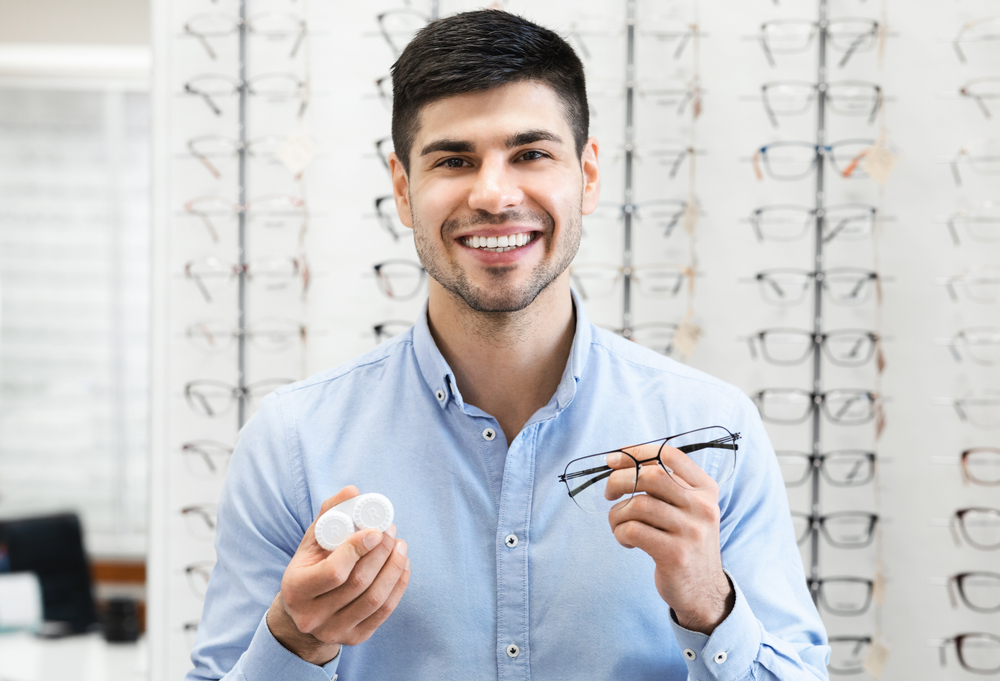
Prescription eyeglasses are a great way to correct your vision as they usually give you clear, crisp vision. However, they come with issues that are most noticeable during the first times you have them on.
For example, the frames of the glasses are usually visible at the edges of your field of vision. It means that the field of vision that you can see clearly through the glasses is limited. Another example is that glasses limit how much activity you can engage in when wearing them.
You may be considering switching from glasses to contacts because of the inconveniences you get from glasses. Here are some things to expect when you switch to contact lenses.
Cleanliness
You should first expect to improve your eyewear care hygiene. Contact lenses require a lot more cleaning and care than glasses ever needed. So, what can you do to improve your eye care hygiene? Well, you first must learn to clean your hands very often, especially when you want to handle contact lenses.
It would be best to wash your hands when you want to wear the contact lenses, when you adjust them and when you want to take them out. Dirty hands can lead to dirt and debris in the eye, which can irritate. Dirty hands while handing contacts may also lead to eye infections.
It Takes Time
Switching from glasses to contacts can take time before your eyes adjust to the new eyewear. The first days may be a struggle to have them on for the whole day. It is best to start by wearing them for short periods before wearing them throughout the day.
You can start by having them on during the morning and then switching back to glasses in the afternoon. One thing you may notice when you wear them for long is that your eyes may start feeling dry. Eye doctors recommend hydrating eye drops to moisturize your eyes during wear.
Be Patient
Some conditions, such as astigmatism or keratoconus, require specialty contact lenses. When you put on specialty contact lenses, it takes some time before the contacts settle into your eye. You may feel uncomfortable while they settle in, but this is normal.
It would be best to set some time before engaging in any activity. After the contacts have settled in, you can proceed with what you want to do.
Be Aware of Your Prescription
Most people have one eye that is more dominant or stronger than the other. It usually means that you will have different prescriptions for each eye. You should know which lens goes into which eye.
If you wear the contacts the wrong way, you may experience difficulties such as eyestrain or headaches. Most lenses will be marked with an R and an L to help you tell the difference.
Get Some Sunglasses
Unlike eyeglasses, contacts do not protect your eyes from the sun's UV rays. It means your eyes are now exposed to degenerating UV rays that are present even on overcast days. It would be best to get a pair of sunglasses with 100 percent UV blocking.
For more information or to schedule an appointment, call Advanced Eyecare Central Coast at (805) 773-6000 to reach our office in Pismo Beach, California.










